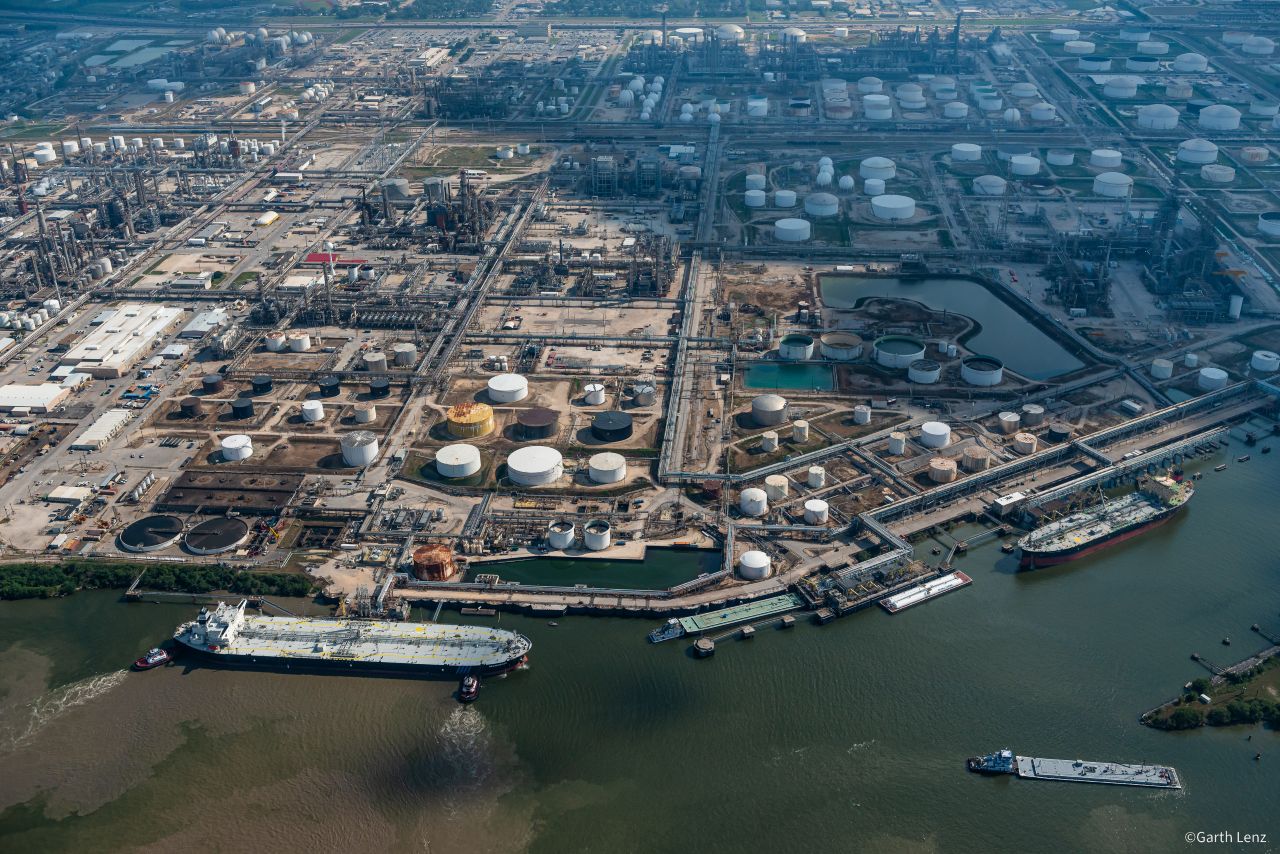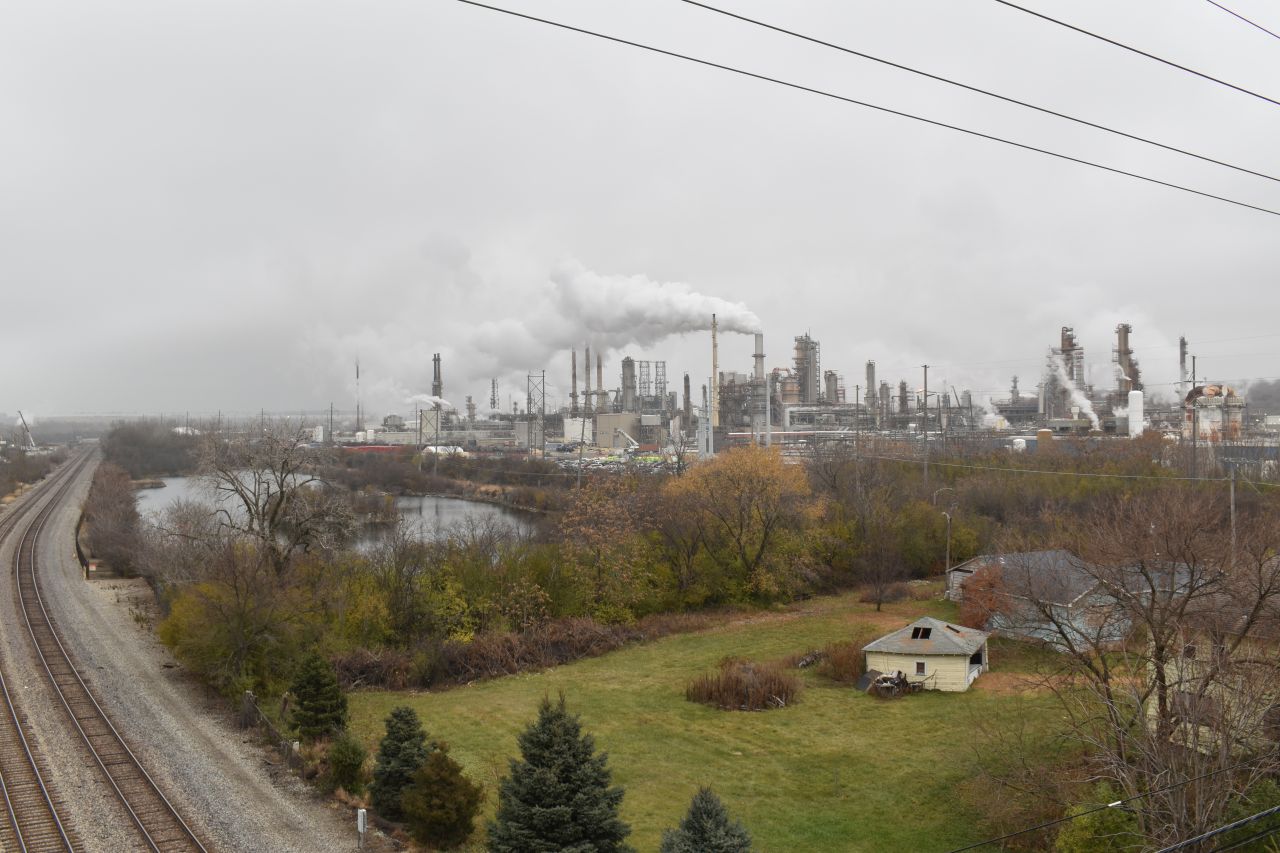The U.S. LNG export boom is spreading to Mexico, creating new environmental threats

The U.S. natural gas export boom is spreading to Mexico, as energy developers plan six terminals capable of liquifying and exporting natural gas from the country. This includes three terminals planned for highly sensitive areas of the Gulf of California in the country’s northwest.
The LNG terminals would rely on U.S. natural gas, mostly from the Permian Basin of West Texas, and would likely export most of their gas to Asian countries. Samuel Good, editor of commodity research firm Argus Media’s Argus LNG Daily, said demand for LNG from Mexico could be particularly strong in Southeast Asia, where local gas production is waning, countries are shifting away from coal-fired power, and looking for gas-fired electricity generation to supplement renewable energy projects.
“Additionally, depending on pricing, this supply could either free more gas to be delivered from other export terminals to Atlantic demand regions, or be delivered itself to these markets,” Good said in an email.
The Mexican terminals could also compete for customers with the 30 new or expanding U.S. LNG terminals either under construction or proposed but not yet built, mostly in the Gulf of Mexico. Some experts have questioned whether the market will bear all the proposed terminals in the U.S. – let alone the additional expansion now in Mexico.
“The reality is that a lot of these projects are not going to happen,” said Arthur Deakin, energy practice co-director for Latin American market research firm Americas Market Intelligence. “They’re complex, there’s competition in the U.S., and they’re very costly. … And the energy transition makes a lot of these projects a little more challenging to get off paper.”
In December, after receiving permission from the U.S. Department of Energy to export American gas from two LNG terminals in Mexico, Justin Bird, CEO of LNG developer Sempra Infrastructure, said the investments are “critical to supporting the energy needs of America’s allies.” Sempra is also behind the Cameron LNG and Port Arthur LNG export terminals on the U.S. Gulf Coast.
“These export projects are expected to support efforts across the Indo-Pacific region to diversify energy supplies while transitioning away from coal in power production," Bird said in a statement discussing the Mexico projects. “They are also expected to help strengthen U.S. trading relationships, as well as create new jobs and boost the U.S. and Mexico economies.”
Mexican President Andrés Manuel López Obrador has also touted the LNG projects, most recently a planned $14 billion investment led by Mexico Pacific, one of the companies building a new LNG export terminal and pipeline.
However, environmentalists are concerned that three of these Mexican LNG export terminals are planned for the interior coast of the Gulf of California, an ecological hotspot known for its diverse species of reef fish, sharks, and whales. Described by oceanographer Jacques Cousteau as the “world’s aquarium,” the Gulf extends from the harsh deserts near the delta of the Colorado River to the Tropic of Cancer in the south. Its waters support approximately 6,000 animal species.
The species at risk include the vaquita, the world’s most endangered marine mammal, which only lives in the northern Gulf of California. The tiny porpoise, whose maximum length is under five feet, is the smallest of any species of dolphin, whale, or porpoise. Experts say there are likely as few as 10 individuals left in the world.
Some Gulf of California environmental advocates are concerned that an influx in LNG ship traffic will inevitably collide with whales and other wildlife, according to Fernando Ochoa, executive director of Defensa Ambiental del Noreste, a nonprofit working to protect the environment and human rights in Northwest Mexico.
“The tanker ships are huge,” Ochoa said. “They need to navigate in these deep channels, but they’re very narrow, and those same channels are used by these big marine mammals and whale sharks.”
LNG facilities headed to small towns and cities on Mexico's Pacific coast
At least four LNG export terminals are planned for areas of Mexico’s Pacific coast, including:
- Costa Azul in Ensenada, Baja California, about an hour and a half south of Tijuana. This terminal planned by Sempra Energy, IEnova (Sempra’s Mexico subsidiary), and TotalEnergies, will be capable of liquifying 3.25 million metric tons per year of gas in its first phase. The facility was first built to import natural gas in 2008 and was the first LNG import terminal built on the North American west coast.
- Saguaro Energia, located in Puerto Libertad, Sonora, on the Gulf of California. The terminal would be built in two phases and be capable of liquifying 14.1 million metric tons per year. Mexico Pacific, the company building the terminal, is a partnership among Quantum Energy Partners, ConocoPhillips, Bechtel, Techint, and Baker Hughes.
- Amigo LNG at the Port of Guaymas, Sinaloa, also on the Gulf of California. The first phase of the project would be capable of exporting 4.2 million metric tons per year, with the potential to add another phase of 3.6 million metric tons per year.
- Vista Pacifico in Topolobampo, Sinaloa, the farthest south of the three facilities planned for the Gulf of California. The facility, which could export up to 4 million metric tons per year, is also a Sempra project.

Construction is underway on the Energia Costa Azul terminal, which is expected to begin operations in summer 2025. The other three are awaiting final investment decisions from their backers, according to a June report by Independent Commodity Intelligence Services.
The projects would rely in part on existing pipeline networks in northwest Mexico, along with new pipelines to bring more gas in from the U.S. This includes the Saguaro Connector, a pipeline planned by Oklahoma firm ONEOK that would cross the Rio Grande from Texas into Chihuahua, Mexico.
Currently, the vast and sparsely populated region is mostly made up of fishing towns in the north, farming and aquaculture areas farther south, and a few major tourism hubs, such as Cabo San Lucas on the southern tip of Baja California Sur. In Guaymas and Topalobampo, sensitive mangrove forests along the coast are vital to the fishing industry because they serve as nurseries for commercially viable fish species, according to Octavio Aburto, a marine biologist at the Scripps Institution of Oceanography at University of California San Diego.
In one study, Aburto found that about two and a half acres of mangrove forest in the Gulf of California provides an economic benefit of $37,500 to the fishing industry alone. These mangroves are already at risk from development for shrimp farms, industrial harbors, and new hotels and oceanside housing, he said.
“In all of these projects, in theory, they say they will generate jobs and generate more prosperity,” Aburto said. “But one of the things we have been demonstrating is that mangroves, when they are in good condition, they provide more services for humans, and those services can be quantified in larger revenues for local communities.”

Aburto also discussed the risks of increased LNG ship traffic on whales, sharks, and other marine life. At the Manzanillo harbor, located in the state of Jalisco at the mouth of the Gulf of California, “the traffic of big ships, big cargo boats, have been killing a lot of whales, including blue whales,” he said.
“That is an experiment that is already happening with information about what could be the future if there are more boats of that caliber moving into the Gulf,” he said.
Sempra’s website for its Costa Azul project states that the company has stocked 28 native plant species at its northwestern Baja California site and that its marine mammal monitoring program has captured data and photos of species of whales, dolphins, and seals.
“We have long valued the ecosystem in Mexico and strive to continue contributing to its preservation,” the website states.
LNG projects came after major energy reforms in 2013
The LNG projects represent an ambitious plan for Mexico to become one of the world’s top exporters of natural gas, surpassed only in North America by the U.S. Though Mexico has long been a major oil exporter, the country has been slower to develop its own natural gas fields.
Instead, Mexico imports about three quarters of its natural gas from the U.S. via pipeline, according to the U.S. Energy Information Administration. The vast majority is used in electricity generation and manufacturing in industrial hubs such as Mexico City, Monterrey, Queretaro, Guanajuato, and factory towns near the U.S. border.
Most Mexican residents do not have access to natural gas as a cooking or heating fuel, according to a 2018 survey on energy consumption in private homes. About 79 percent of Mexican households used liquified petroleum gas (namely, a mixture of propane and butane) that must be delivered by private companies and stored in tanks at each home. Another 11 percent use coal or firewood, with only 7 percent having access to natural gas in the home. The remainder use electricity or have no kitchen.
That’s one reason Ochoa, with Defensa Ambiental del Noreste, says LNG export will not provide any benefit to average Mexicans.
“In fact, it’s the other way around,” Ochoa said. “It costs the Mexicans because we end up paying all the externalities,” including pollution impacts and the use of private lands for pipeline easements.
The projects are an outgrowth of Mexico’s energy reforms of 2013, which allowed more energy production beyond Mexico’s national oil company, Pemex, and its national electric utility, the Comision Federal de Electricidad, or CFE. All six of the proposed new LNG terminals in Mexico are led by foreign companies
When it comes to natural gas, Mexico is taking a significantly different path than it has on oil exports, said Guillermo J. Garcia Sanchez, a professor at Texas A&M University School of Law who studies energy relations between the U.S. and Mexico. The country’s move in 1938 to nationalize its oil industry and seize the assets foreign-owned oil companies is a major part of the “Mexican political psyche,” Sanchez said.
“The nationalization of the oil industry is such an important part of the national narrative,” Sanchez said
Such thinking is behind the López Obrador administration’s decisions to build a $20 billion oil refinery in the state of Tabasco, along with Pemex’s acquisition of Shell’s 50 percent stake in an oil refinery near Houston, Sanchez said.
But for natural gas, the López Obrador administration has been content to let private companies have more leeway. In 2014, Mexico began allowing private companies to build natural gas-fired power plants to sell electricity to the national electric utility.
That national electric utility (CFE) is also heavily involved in the LNG export projects. According to the Independent Commodity Intelligence Services report, “private sector market participants must partner with the CFE because the company controls so much firm natural gas pipeline capacity and electricity generation in Mexico.”
“Stable, cost-effective supply of both is required for the development of LNG projects,” the report states.
According to Sanchez, it was important to have the national electric utility benefit from the export terminals to help the projects gain political support.
“It also fits within the national narrative because this is not natural gas produced in Mexico that is being exported, as opposed to supplying our markets,” Sanchez said. “This is natural gas coming from Texas.”
Lead photo: The Port of Topolobampo, Sinaloa, Mexico. Photo by iStockphoto.















